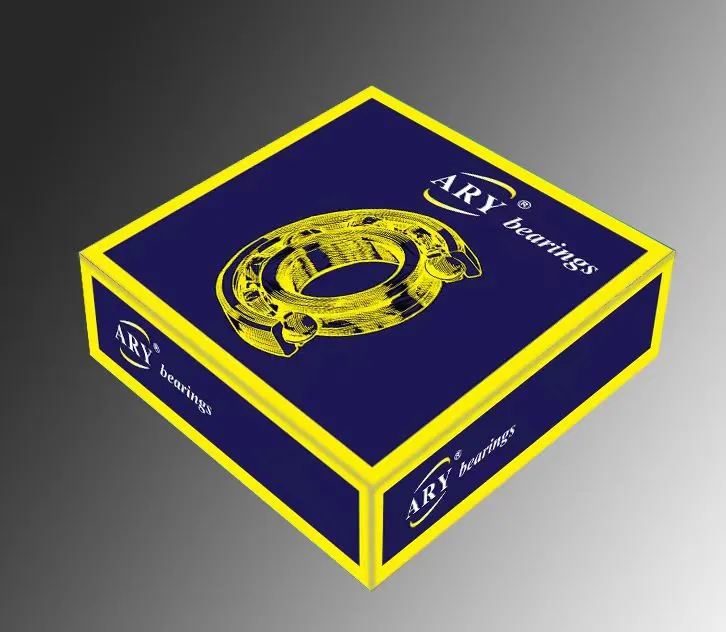
10 月 . 31, 2024 19:10 Back to list
Understanding Thrust Plain Bearings and Their Applications in Machinery Design
Understanding Thrust Plain Bearings Principles and Applications
Thrust plain bearings are integral components in various mechanical systems, particularly where axial loads are encountered. Unlike conventional rolling element bearings, thrust plain bearings rely on a sliding motion between surfaces, making them suitable for applications where high loads and low speeds are involved.
Principle of Operation
The primary function of a thrust plain bearing is to support axial loads while allowing for rotational movement. These bearings consist of a flat, smooth surface (often made of materials like bronze, plastic, or steel) that interfaces with a corresponding flat surface on the shaft or housing. The sliding action occurs between these two surfaces. To minimize friction and wear, a lubricant is typically introduced, forming a thin film that facilitates smoother motion and extends the life of the bearing.
The load capacity of thrust plain bearings is influenced by various factors, including the material properties, surface finish, and the design of the bearing itself
. The most common configurations include flat and grooved designs, which help to distribute load more evenly and enhance lubrication retention, ensuring optimal performance even under demanding conditions.Applications of Thrust Plain Bearings
thrust plain bearing

Thrust plain bearings find applications across a wide range of industries. They are commonly used in automotive and aerospace sectors, particularly in components like clutches, thrust washers, and gear assemblies. In industrial machinery, these bearings serve vital roles in crane hoists, conveyor systems, and large gearboxes, where the need to support substantial axial loads is paramount.
One of the significant advantages of thrust plain bearings is their ability to handle high loads without requiring extensive maintenance. Their simple design and robust construction make them an ideal choice for applications where reliability is crucial. However, they do face limitations; for instance, they are generally less efficient at higher speeds compared to rolling element bearings. This is primarily due to the increased friction that occurs in sliding surfaces.
Future Trends and Innovations
As technology evolves, the design and materials used in thrust plain bearings are also advancing. The introduction of composite materials and improved surface engineering techniques has led to enhanced performance metrics, including lower friction coefficients and greater resistance to wear. These innovations are particularly essential in applications where weight reduction and efficiency are critical, such as in the aerospace industry.
In conclusion, thrust plain bearings play a vital role in supporting axial loads in various mechanical systems. Their straightforward design, coupled with advancements in materials and engineering, ensures their relevance in modern applications. As industries continue to innovate, thrust plain bearings remain a reliable choice for ensuring the smooth operation of machinery and equipment across diverse fields. Understanding their principles and applications is essential for engineers and designers in optimizing performance and reliability in their projects.
Latest news
-
Unlocking Efficiency with Spherical Roller Bearings
NewsOct.29,2024
-
The Ultimate Guide to Thrust Ball Bearings
NewsOct.29,2024
-
The Power of Thrust Roller Bearings: Engineered for Excellence
NewsOct.29,2024
-
The Power of Deep Groove Ball Bearings for Your Application Needs!
NewsOct.29,2024
-
The Power and Performance of Cylindrical Roller Bearings
NewsOct.29,2024
-
High-Quality Ball Bearing Manufacturing Machines
NewsOct.29,2024
